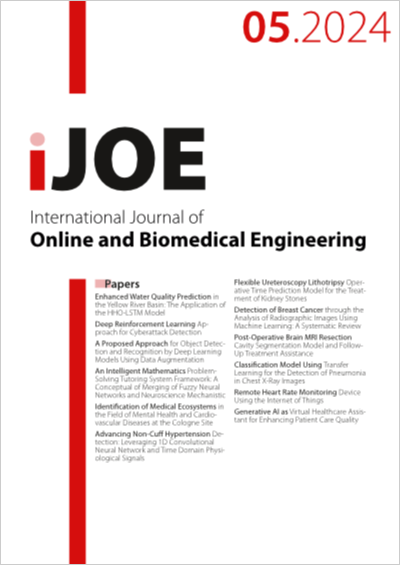Deep Reinforcement Learning Approach for Cyberattack Detection
DOI:
https://doi.org/10.3991/ijoe.v20i05.48229Keywords:
Network Security, deep reinforcement learning, cyber-attacks, cyber-defense, Double Deep Q-Network, policy gradient.Abstract
Recently, there has been a growing concern regarding the detrimental effects of cyberattacks on both infrastructure and users. Conventional safety measures, such as encryption, firewalls, and intrusion detection, are inadequate to safeguard cyber systems against emerging and evolving threats. To address this issue, researchers have turned to reinforcement learning (RL) as a potential solution for complex decision-making problems in cybersecurity. However, the application of RL faces various obstacles, including a lack of suitable training data, dynamic attack scenarios, and challenges in modeling real-world complexities. This paper suggests applying deep reinforcement learning (DRL), a deep framework, to simulate malicious cyberattacks and enhance cybersecurity. Our framework utilizes an agent-based model that is capable of continuous learning and adaptation within a dynamic network security environment. The agent determines the most optimal course of action based on the network’s state and the corresponding rewards received for its decisions. We present the outcomes of our experimentation with the application of DRL on a specific model, double deep Q-network (DDQN), utilizing policy gradient (PG) on three distinct datasets: NSL-KDD, CIC-IDS-2018, and AWID. Our research demonstrates that DRL can effectively improve cyberattack detection outcomes through our model and specific parameter adjustments.
Downloads
Published
How to Cite
Issue
Section
License
Copyright (c) 2024 Haider TH.Salim ALRikabi (Submitter); Imad Tareq, Bassant M. Elbagoury, Salsabil El-Regaily, El-Sayed M. El-Horbaty

This work is licensed under a Creative Commons Attribution 4.0 International License.



